 In comedy, timing is everything, right? The same thing is true for speaking. In order to express confidence, calm and control, check your timing in the following ways:
In comedy, timing is everything, right? The same thing is true for speaking. In order to express confidence, calm and control, check your timing in the following ways:
1. Extend your eye contact. We often sweep the audience with our eyes, never landing on a person, but always moving past them. Or we lock eyes with the audience member who smiles or nods, or the person we think is about to challenge us. If your eye contact is too rapid, you can look nervous, and you will fail to make a connection. If it is too long, you can easily turn a warm connection into a staring contest. To make the most of your timing, practice moving your eye contact smoothly and slowly from one person to the next, in about two to five second intervals. (If the audience looks away before you do, chances are your eye contact is a little too intense. But most of the time, this is just about right.) Be sure you are looking each listener in the eye, or at least near the eyes.
2. Manage your rate of speech. On average, people speak at around 150-160 words per minute. But when we feel adrenaline coursing through our bodies, we seem to speed up even more, often racing to keep up with our thoughts, which always speed ahead of our words. A great way to manage rate of speech is to speak fairly quickly, but pause a little longer and a little more often. Note that when we speak from slides, we slow down to somewhere closer to 100 words per minute on average — probably too slow for most audiences. So when you are working with slides, you might want to push ahead a little bit to sound more natural.
3. Nail your presentation time. Of all the things you don’t want to do, running over your allotted time has to be near the top of the list. During rehearsals, keep track of time for each segment, so you know not only how well your material will fit the time frame, but where you might need to tighten it. Mark your speaker words with notes on where you need to be at certain checkpoints. And don’t hold the most important points for last, as these may well be the ones you need to abbreviate or skip. To be sure, get those important points in earlier, while attention is strong and your energy is peak. (Tip: to keep track of time, use a remote slide advancer with vibrate mode, or set a timer on your smart phone or tablet, silenced of course, but visible to you.)
4. Leave enough time for Q&A. A common enough problem is to speak right up to the last minute, and then ask for questions. Most audiences won’t ask many questions at this point, as the pressure is on to move on to the next meeting or event of the day. Deliberately cut your presentation by 20-25%, so that you have time for discussion during your presentation and a solid give-and-take at the end. If you have engaged the audience, and there is time for Q&A, you are much more likely to have a good exchange. If not, ask them one or two questions about their reactions or comments.
5. Take time for a good close. Many times speakers get to the end of their presentations and then run out of steam. Their adrenaline has abated, or they are just so relieved to be finished, that they end up with a weak or nonexistent close. Plan ahead so you know exactly what you plan to say in the final two minutes, and rehearse it so it is top of mind when you get to it. poor closings include “thank you for your time” and “I guess that is all I have.” You can do better. Sum up quickly key points, and end with a positive note, a restatement of your key message, and a call to action of some sort. Make it brief and positive. Take that final minute or two to reinforce all that has been said, and send your audience off with finesse and punch.
How is your timing? Do you remember to manage these critical components of a great presentation? Have you learned some great techniques for timing? We would love to hear your experiences.
 Sections of this topic
Sections of this topic















